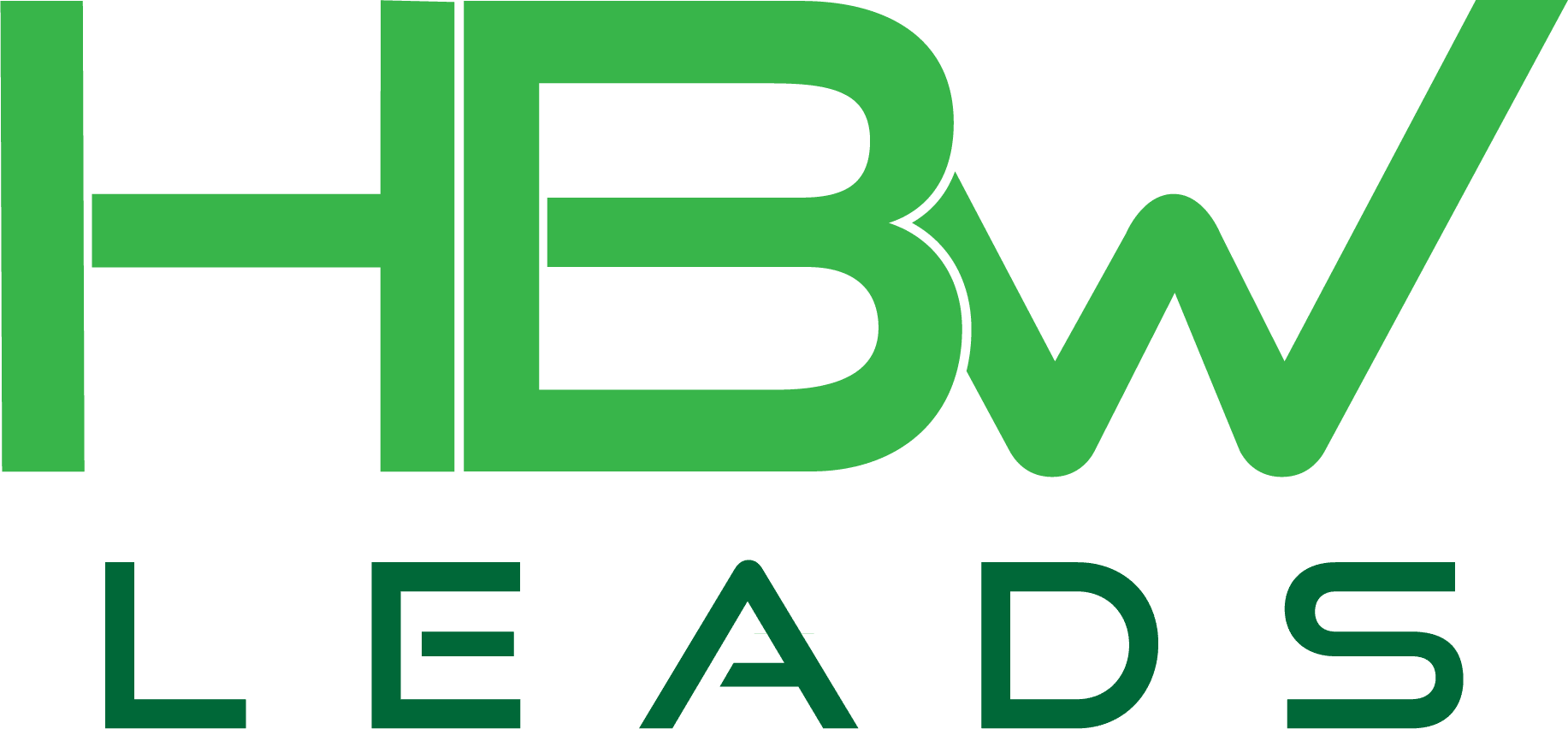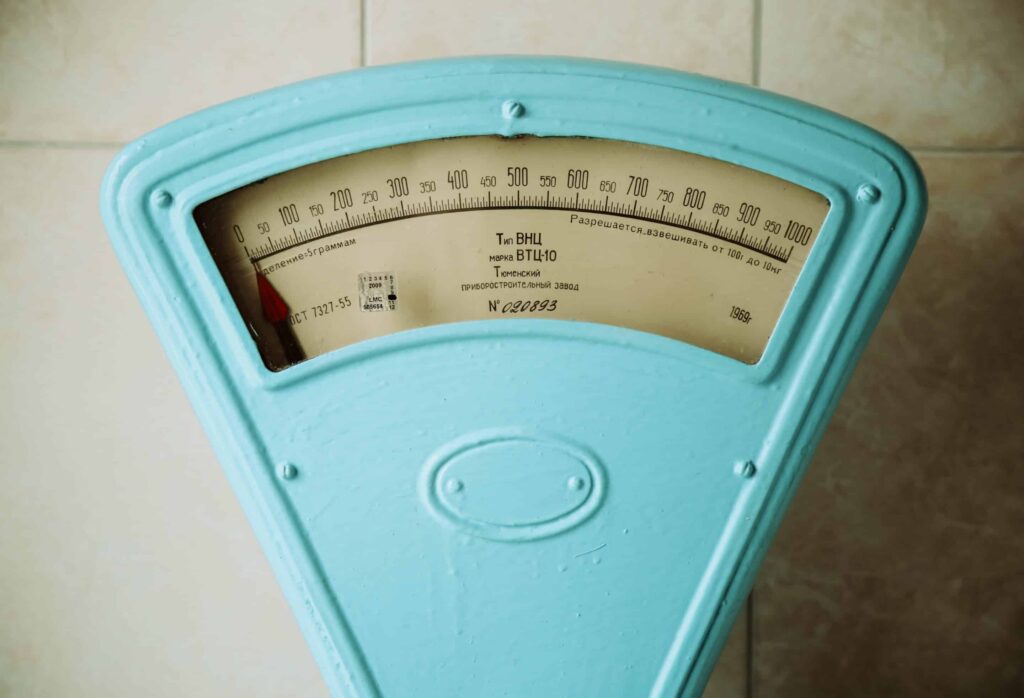Without these insurance metrics, how will you know what to change when revenue goes down?
Revenue is the natural go-to for tracking insurance metrics, but the path you take to make that revenue matters! So if you want to keep increasing those revenue numbers, the six metrics below will help you measure your and your team’s success.
Discover the 6 insurance metrics you need to watch
1. Lead-to-Sale Conversion Rate
Your lead-to-sale conversion rate helps you evaluate your effectiveness at turning leads into clients. This metric determines your ability to attract prospects successfully and execute lead nurturing strategies.
To get your lead-to-sale conversion rate, divide your sales frequency by your total leads per platform. Then, to get the percentage, multiply the number you get by 100.
The mathematical equation looks like this:
Conversion Rate = (Sales Frequency / Number of Leads)*100
Let’s say you buy 100 warm, double-verified leads from HBWLeads. After getting in touch with your prospects, you successfully sell policies to 75 of these people. In this scenario, you would compute the conversion rate this way:
- Conversion Rate = (Sales Frequency / Number of Leads) *100
- Conversion Rate = (75/100) *100
- Conversion Rate = 0.75 *100
- Conversion Rate = 75%
Learn more about lead-to-sale conversion rates.
2. Sales Call Length
Recording a simple metric like call time can be invaluable. Tracking call times helps agents analyze their weekly and monthly call volume and notice trends with specific clients. When communicating with leads and clients, building trust through transparency is essential. If you plan to have a 10-minute intro conversation with a new client, let them know via email or phone. For many clients, knowing how long to expect to be on the phone will determine whether they schedule the call in the first place. If you tell a client that you “Just need five minutes of your time to review XYZ,” then you better stick to that five-minute timeline.
Learn more about why sales call length matters.
3. Follow-Up Rate
It’s hard to overstate the importance of follow-up calls. If you’re buying exclusive double-verified leads from HBWLeads, you might be closing more sales than you’re used to, but don’t get rusty on your follow-up game! Instead, add these calls to your calendar so you don’t forget to call back, but also because you don’t want to inundate your prospect with call after call after call.
Just remember to look at these and other metrics holistically. Look at patterns and numbers for a week, a month, or quarter. You may be surprised by what you discover.
4. Time of Calls
When are you making your calls? Have you ever tracked your success based on when you made them? If you track the time of your calls, you can! According to numerous studies and statistics, one of the best times to make insurance sales calls is between 4 p.m. and 6 p.m. in your prospect’s time zone. Your lead is winding down for the day, beginning to relax from the day. This can be especially fluid for people who work from home, so there’s a little more wiggle room these days. The next best time slot is the 10 a.m. to 12 p.m. span in the morning. Like the 4-6 window, the 10-12 timeframe can be transitional, and people are wrapping up their morning tasks in preparation for a lunch break or meeting.
The morning hour between 8 a.m. and 9 a.m. has traditionally been a successful call time for many insurance agents in the past, because it was a typical commute time and prospects were either in their cars or walking into their offices. But with many people working from home these days, commutes are a thing of the past, and that morning hour has now become a catchall for domestic chores, breakfast, getting kids ready for school or virtual lessons, and for some lucky folks, an extra hour of sleep!
5. New Strategies
If you are trying new tactics for calling leads, write those down as well. For example, the next time you call, try to call five minutes before the hour. Someone with a typical office job has meetings scheduled throughout the day, likely planned at the top of each hour. Not all business meetings last for the whole hour, so you have a better chance of catching someone between meetings if you target your call for 50-55 minutes into the hour. By tracking new strategies you’re using as important insurance metrics, you’ll be able to see what your lead-to-sale conversion rate is for each new strategy you try.
6. Talk Time
Making around 60 calls a day is a common goal since it allows you to keep call volume high while also giving you time to build connections and have meaningful conversations. But the focus shouldn’t be on the number of calls, it should be on talk time. Great insurance agents will have 3 hours of talk time each day.
Do you need a new source of insurance leads? Stop throwing away your hard-earned money on poor quality and hyper-competitive leads. Our leads allow you to spend less time prospecting and more time doing what matters – like selling policies. Learn more.



How leads